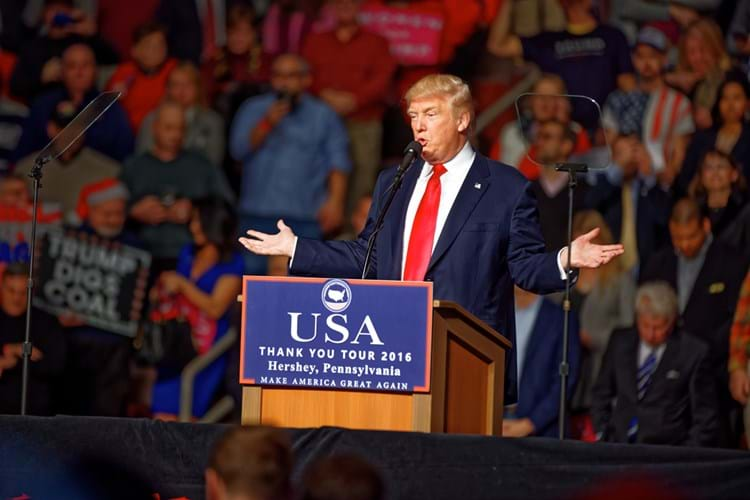
Up until this point in President Trump’s ongoing trade war with China, imports of Chinese art and antiques, while threatened with tariffs regardless of port of origin, have been spared the tax.
Successful defence
The inclusion of art on the latest tariff list, published yesterday (Tuesday, August 13), rolls back the successful defence mounted by the art market and cultural bodies in the past year.
Back in August 2018, a lawyer representing collectors and museums successfully argued in front of US trade officials in Washington, DC, that Chinese art imports should not be subject to an import tax.
The winning argument put forward by lawyer Peter Tompa back then was that taxing Chinese art entering the US risked damaging local dealers, collectors and museums while benefiting those in China, because of China’s own prohibition on art exports.
Chinese art list
US Trade Representative (USTR) officials heeded this argument.
Yesterday, however, the USTR published a list of $300bn-worth of items to be subject to a 10% tariff from September 1 that includes “antiques exceeding 100 years, paintings, drawings, engravings, sculpture and statuary... collections of zoological, botanical, mineralogical, anatomical, historical, archaeological interest".
The tariffs will apply to Chinese-made artefacts arriving in the US from any hub, including London and Hong Kong.
ATG is aware of at least one prominent London-based dealer in Chinese art due to exhibit at New York’s The Winter Show in January 2020, who is considering moving stock to the US earlier than planned to stay ahead of any tariffs imposed.
BADA secretary general Mark Dodgson said: “The 10% duty on art and antiques will damage British dealers and American dealers, collectors and art fairs.
“British dealers in Chinese works showing at US art fairs will be stung with 10% duty on all their imported stock, regardless of whether it actually sells. American dealers repatriating stock unsold at European fairs will also pay the duty.
“There is a well-developed trade between the US and UK in antique Chinese objects. It is this trade between the two countries that will be damaged, not China’s trade.
He added: “President Trump is misguided in treating objects which left China centuries ago as if they are part of modern day China’s manufacturing output.
“The only people to benefit will be Chinese buyers who will now be able to buy at reduced prices. Profits previously made by US and UK-based dealers will now be made by dealers from China.”
Possible exclusions from tariffs
Tompa, of law firm Bailey & Ehrenberg, LLP, said yesterday’s list was “bad news, but not the end of the story” as USTR is giving industries and manufacturers affected by the tariffs the chance to apply for exclusion from the list.
“Dealers should consider taking advantage of that process when it is announced on the USTR’s website,” he told ATG.
Tompa has been the lead advocate for collectors and museums at USTR’s China tariff hearings, specificially on behalf of the Global Heritage Alliance, a US group lobbying for the interests of collectors, museums and the trade in archaeological and ethnological objects.
Consumers’ Christmas reprieve
While also included on yesterday’s list, consumer goods that drive US retail sales in the run up to Christmas – Chinese-made mobile phones, laptop computers, toys and other goods – were given a reprieve from tariffs until December 15. The Guardian dubbed the move as akin to President Trump "playing Santa Claus".





